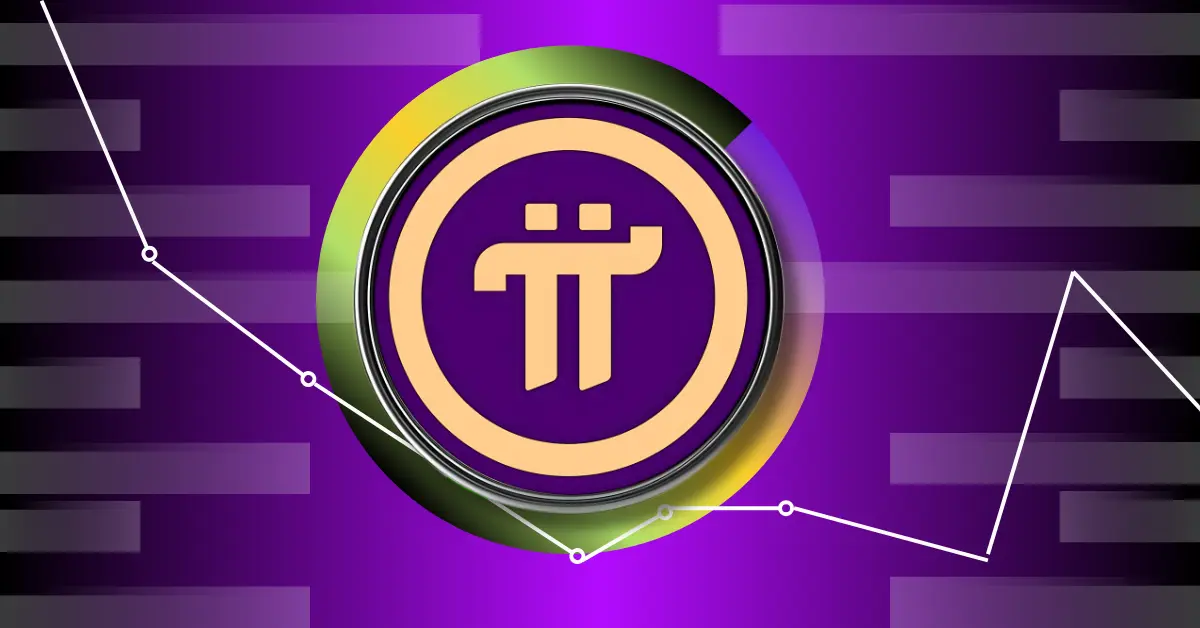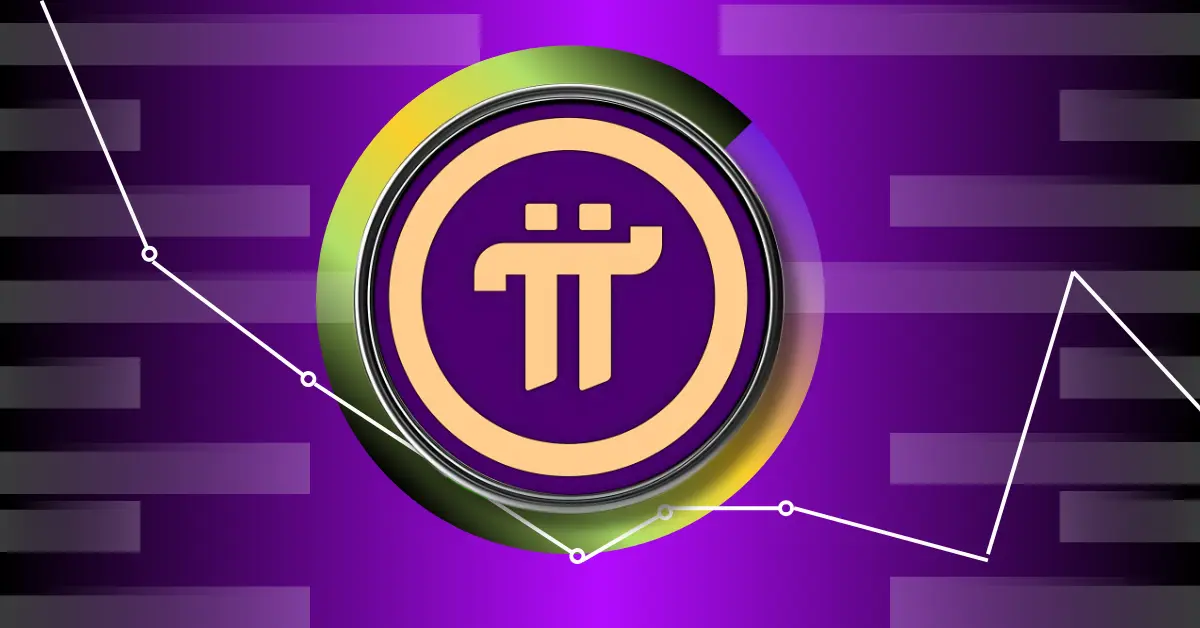Pi Network’s Rollercoaster: Decoding the Price Fluctuations
Pi Network, a mobile-first cryptocurrency project that promised widespread adoption, has been anything but stable lately. The token, PI, has been on a wild ride, experiencing dramatic ups and downs that have left investors both intrigued and apprehensive. Is this just growing pains, or are there deeper issues at play? Let’s dive into the factors influencing this volatile cryptocurrency.
The Price Plunge: What Went Wrong?
The past few weeks have been particularly rough for Pi Network. The most noticeable event was a steep 35% drop, pushing PI to an all-time low of $0.40. This wasn’t a one-off occurrence; consistent downward pressure has been documented in multiple reports. Before this major crash, there was an 11% dip on June 17th, bringing the price down to $0.5311. This was seemingly triggered by the Pi Network team’s choice to separate .pi domain auctions from the core mining feature – a move that didn’t resonate well with the community. To add fuel to the fire, a significant 60% price correction followed a rally in May, indicating a quick reversal of earlier gains. Recent security concerns further amplified the negative sentiment, resulting in another 5% dip.
The timing of these declines is also significant. Articles have pointed to June 2025 as a period of intense price pressure, with the token floundering around $0.50 and causing panic among investors. This period coincides with both broader market weakness and the impending release of locked tokens.
Unpacking the Volatility: What’s Driving the Swings?
Several interconnected factors are contributing to Pi Network’s price instability.
The Token Unlock Ticking Time Bomb: A major factor is the ongoing release of previously locked tokens. Reports indicate that approximately 129 million PI coins, worth roughly $175 million, are slated for release. These unlock events inevitably increase the circulating supply, putting downward pressure on the price as holders may choose to sell their assets. The expectation of further unlocks in Q2 is a key reason behind the bearish outlook.
External Market Tides and Investor Sentiment: The broader cryptocurrency market plays a significant role. News articles mention that Pi Network’s struggles coincide with a general downturn in the crypto market. A temporary rally in cryptocurrencies following positive remarks from President Trump briefly propelled PI to $0.6683, highlighting its sensitivity to external events.
Project Decisions and Their Ripple Effect: Decisions by the Pi Network team, like the segregation of .pi domain auctions, have directly influenced investor confidence. The lack of excitement surrounding this change contributed to a price drop, highlighting the importance of positive developments in maintaining momentum. Even a listing on the MEXC exchange failed to help PI break the crucial $1 resistance level.
The Whispers of Centralization: Underlying concerns about centralization within the Pi Network project are also adding to the negative sentiment. While often unspoken, these concerns are mentioned as a persistent risk factor looming in the background.
Diving Deep with Technical Analysis: Reading the Charts
Technical analysis unveils some key patterns in Pi Network’s price action. The token briefly broke above a symmetrical triangle, accompanied by strong trading volume, and reached a resistance level around $0.67. However, it couldn’t maintain the momentum and fell back below the 21-day exponential moving average (EMA). Analysts have identified a parallel channel pattern, suggesting that a breakout could lead to a significant price surge, potentially reaching $5.27. However, the prevailing trend is bearish, with the likelihood of further declines. A previous attempt to break through the $1.40 resistance level in May ultimately failed, leading to a price reversal.
Predictions: A Spectrum of Possibilities
Despite current challenges, predictions for Pi Network’s future price are vastly different. The most pessimistic forecasts suggest a potential drop to $0.40, a level repeatedly mentioned across multiple reports. This prediction is often linked to ongoing token unlocks and the absence of positive catalysts.
On the other hand, more optimistic scenarios exist. Some analysts believe that a listing on a major exchange like Binance could significantly boost demand and liquidity, potentially driving up the price. Long-term forecasts range from $0.46 to $2.81 by 2028. A particularly ambitious prediction suggests a potential rise to $1000 by 2030, although this should be considered an outlier. The possibility of a 234% surge to $5.27, contingent on breaking out of the identified parallel channel, also offers a more bullish outlook.
The Countdown to Pi Day 2: A Make-or-Break Moment
The upcoming “Pi Day 2” announcement on June 28th is one of the most anticipated events for the Pi Network community. It is widely expected that significant news or developments will be revealed, potentially reversing the current bearish trend. Without a positive announcement, analysts anticipate further declines, potentially pushing the price down to $0.40 by August. However, once the token unlocking slows down after August, the selling pressure could ease, allowing for a potential price rebound.
Conclusion: The Road Ahead for Pi Network
Pi Network is at a critical crossroads. The recent price crashes, fueled by token unlocks, market sentiment, and project-specific concerns, have shaken investor confidence. While optimistic scenarios involving exchange listings and positive announcements hang in the balance, the overall trend is undeniably bearish. The immediate future depends on the outcome of the “Pi Day 2” announcement and the Pi Network team’s ability to address concerns about centralization and regain positive traction. The road ahead is uncertain, and whether Pi Network can bounce back and achieve its ambitious goals remains to be seen. The next few months will be decisive, determining whether the project can overcome its present difficulties and map out a viable long-term future.












